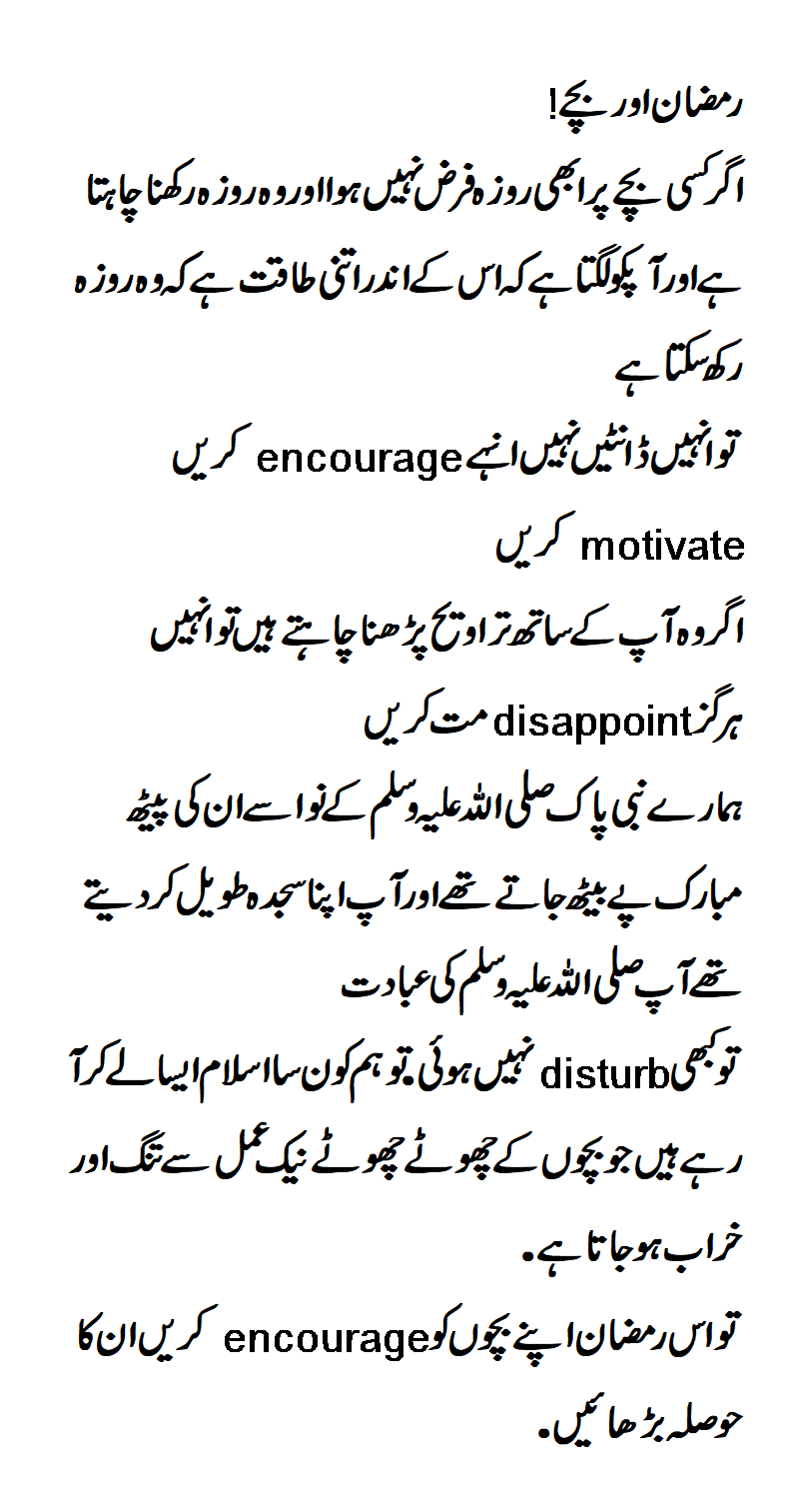Although American public schools are supposed to be secular, many adhere to cultural practices that align with Christian beliefs—Easter egg hunts for the class and gift exchanges for Christmas. For religious minorities, it can be hard to educate school administrators and educators on the boundaries around non-Christian faiths.
This is especially true when it comes to observances like Ramadan, which are more like Lent than Easter. Although it’s a festive time, it’s not exactly a celebration. And because Ramadan lasts the entire ninth month of the Islamic lunar calendar, the fasting period extends about 30 days, its start and end days vary around the world, and it moves about ten days later with each passing year.
For practicing Muslims, this is the most holy time of the year. Among other country-specific variations, we are expected to fast (no food or drink, including water) from sunup until sundown and to read the holy book, the Quran, from cover to cover by month’s end.
We also are called to abstain from sexual activity, arguments, and even speaking ill of others. This period of behavioral change is important for Muslims, but it can be hard to stick to in an environment where we’re the only ones fasting. Imagine how much harder it is for kids.
